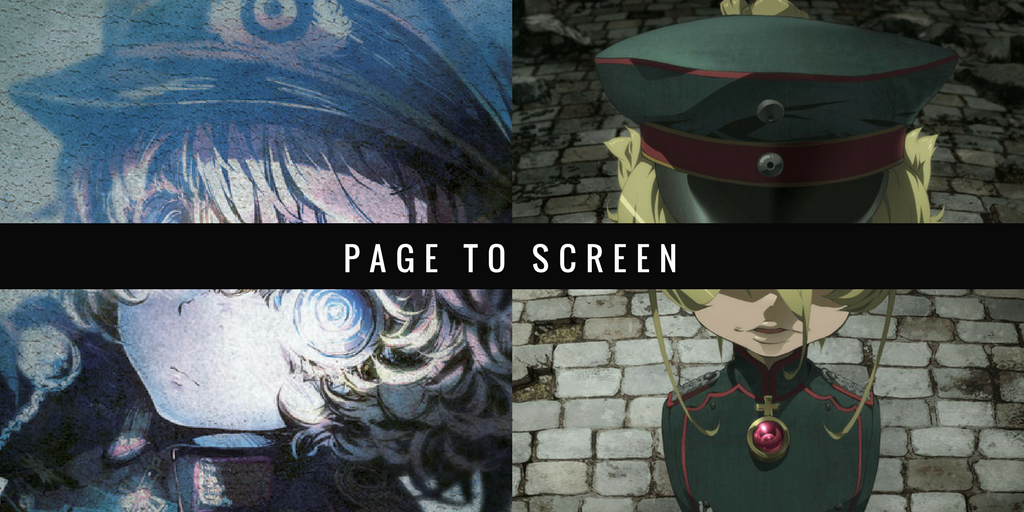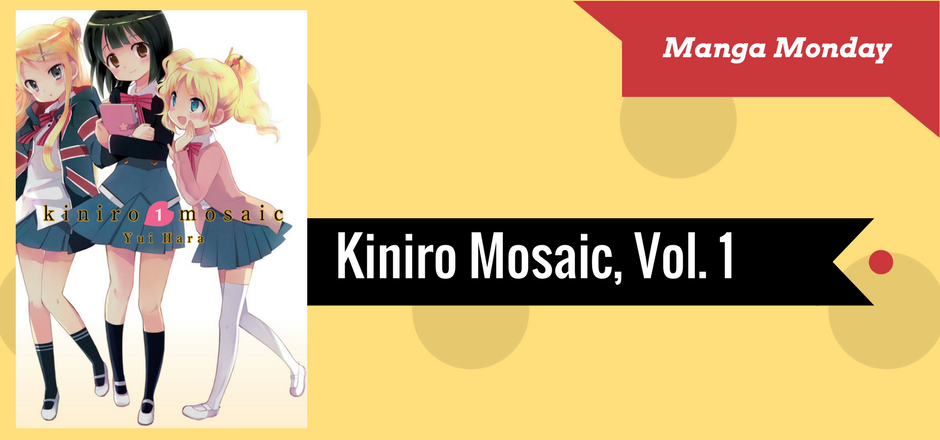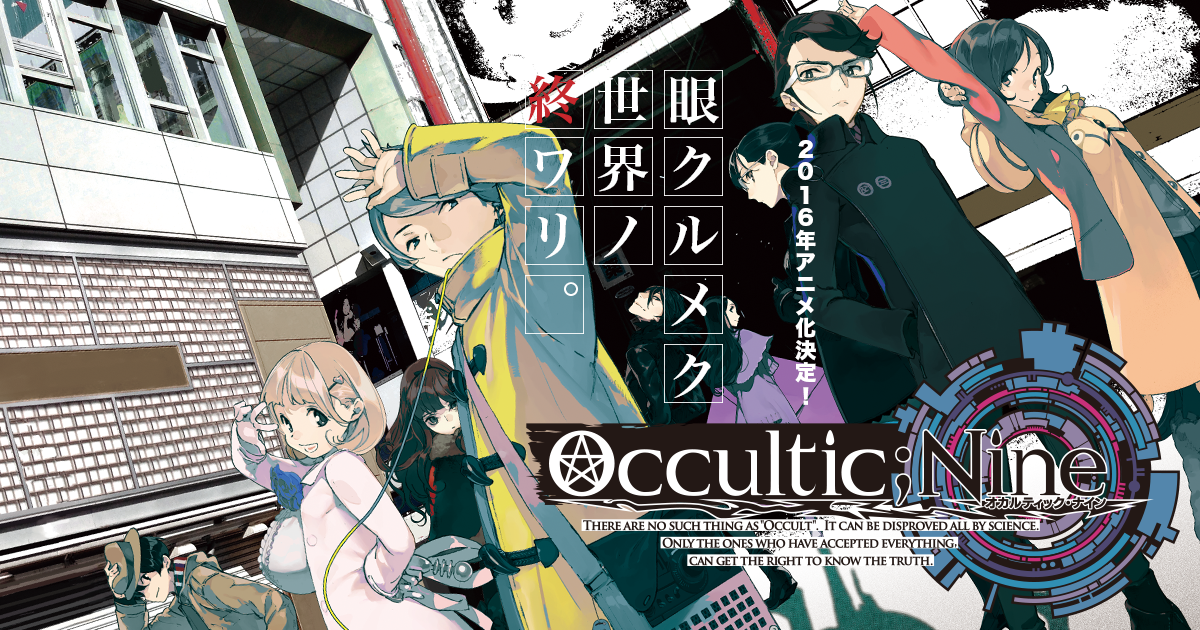In a magic-filled alternate version of 1920s Germany, an elementary school-aged girl rises within the powerful machine that is the Imperial Army. But Tanya Degurechaff isn’t a normal orphaned nine-year-old: she’s a reincarnated former Japanese salaryman sent to the new universe to atone for the crime of lacking faith in a higher power. Determined to game the supernatural entity he’s coined Being X, the salaryman attempts to manipulate the military into a safe and comfortable life for Tanya — but Being X and the Empire’s military masterminds have other plans.
The Saga of Tanya the Evil, Vol. 1 was published in Japan as a light novel in 2013, almost four years before the anime aired during the Winter 2017 season. A manga adaptation began serialization in Japan in 2016; both the light novel and manga series are ongoing.
Conversely, the light novel edition wasn’t available in the U.S. until after the anime aired. The light novel was Tanya‘s original format, posted by author Carlo Zen on the website Arcadia. The first English language edition, complete with illustrations by Shinobu Shinotsuki, was translated by Emily Balistrieri and Kevin Steinbach.
Page to Screen Changes
The Saga of Tanya the Evil was developed into a 12-episode anime that aired from January 6 to March 31 last year. While the light novel series continues to publish, the first volume spans the events of the first 5 episodes. (If you haven’t had a chance to check out the anime, it’s available to US viewers via Crunchyroll.)
The first volume of the light novel presents events in a chronologically different order than the anime; the first episode presents the war occurring in and around the Empire in the secondary world, while the light novel begins with Tanya’s birth in the secondary world but almost immediately returns to present the backstory of the man who ended up in Tanya’s body. The anime presents the events at the beginning of the light novel in the second episode.
The change in the order of events has a pretty significant impact on the tone of Tanya’s story. By opening with what’s essentially a dogfight, the anime presents Tanya as a more terrifying and beastly individual. The result? A more action-packed opening that leaves viewers excited to watch more.
In contrast, the light novel’s softer and more domestic opening — a baby’s birth, followed by a scene from a salaryman’s daily life — sets a totally different tone. The Tanya of the light novel is not presented as a monster — at least, not nearly the monster of the man who lives inside her.
The light novel also provides more insight into Tanya’s thought processes. On the other hand, the anime has very little of Tanya’s internal dialogue, and she’s presented mainly through the eyes of others in the military, both superiors and those under her command. Through these external lenses, she’s presented much more monstrously.
The Light Novel
Currently, the light novel version of Tanya is ongoing, with 9 volumes in print in Japan. Volume One, published in December 2017 by Yen Press, marks the start of the English-language release in the U.S. Volume One is larger than other light novels currently available from Yen Press via their Yen On imprint: Tanya Vol. 1 sits at a hefty 318 pages, while the first volumes of other isekai light novels are much more slim: The Devil is a Part-Timer!‘s first volume is just 230 pages, while the more recent first volume of So I’m a Spider, So What? clocks in at 245 pages.
I was particularly surprised by the thickness of the light novel when I realized it contained the material of just five episodes of the anime. (For comparison, you can read my previous review of another Yen On light novel, Magical Girl Raising Project, Vol. 1, which spans an entire anime season of content in a single volume.)
One notable reason for the novel’s heft is its dense style, which incorporates military and economic elements. Translators’ footnotes explain several references, such as the Chicago school, Kriegsbrot, and Valhalla. Carlo Zen seems fascinated with economics, and the protagonist frequently describes war in coldly economic terms.
Another major difference is the more apparent use of the narrator’s voice. In the light novel, the protagonist — which is to say the Japanese salaryman in Tanya’s body — is much more predominant than he is in the anime. Though nameless, he inserts much of his own thoughts, beliefs, and personality into the narrative.
What’s especially interesting is the fact that he distinguishes himself in the light novel as separate from Tanya, referring to Tanya as “her” while to his trapped consciousness as “I.” It gives the light novel another layer lacking in the anime, which reconstructs elements from the novel to be more action than reflection.
Conclusion
Since the anime does take liberties, especially in cuts, the light novel ends up feeling like an entirely separate creature. The anime lacks much of the economics and psychology that’s included in the light novel. While this can be a plus for a lot of people — especially for younger viewers who are perhaps not easily excited by or interested in learning what the Chicago school actually is — this makes the light novel a more appealing read for those who actually do want to read those parts.
The light novel ultimately presents Tanya and her inhabitant as a cold person rather than a monstrous one, which is by far to the benefit of the light novel. Again, it makes for a less action-packed read, but it’s enjoyable, and those more interested in the internal workings of the child genius will enjoy it much more.
I recommend the light novel of The Saga of Tanya the Evil for readers looking for more character development, internal voice, and in-depth details from the anime series.
Goodreads | Indiebound | RightStuf
The Saga of Tanya the Evil is also available in manga format.
This review contains affiliate links. While Girls in Capes does make revenue from purchases made at affiliate links, reviews are not paid, and all reviews contain the staff writers’ honest opinions of the work.
[coffee]








